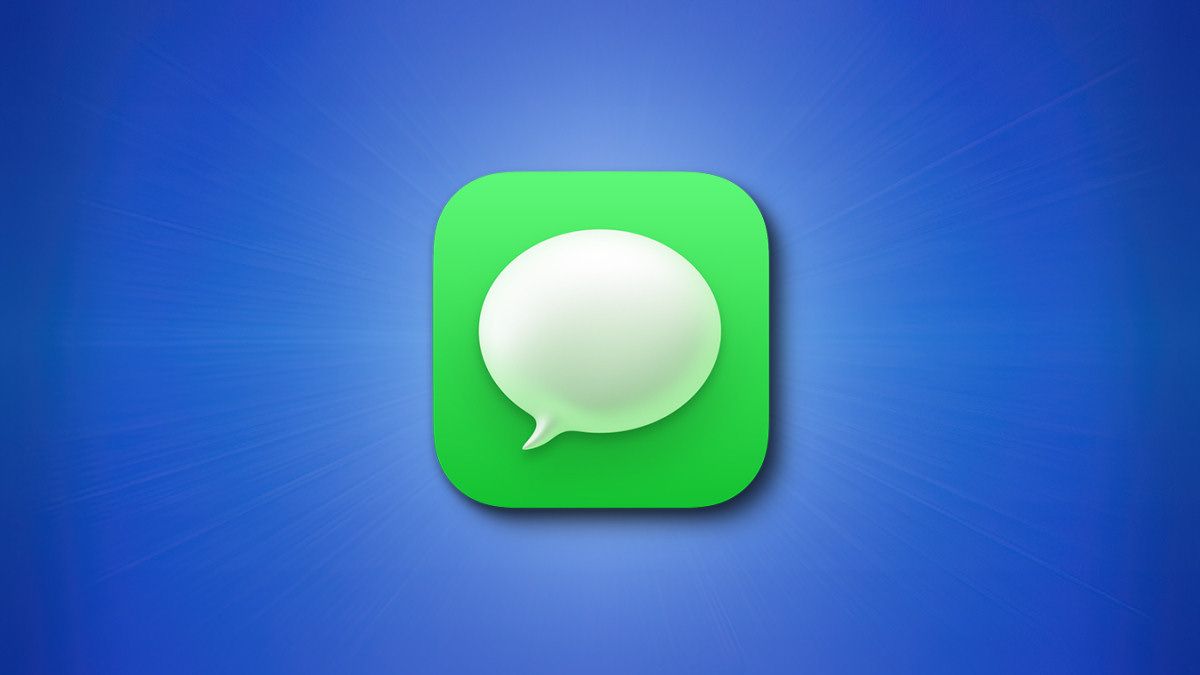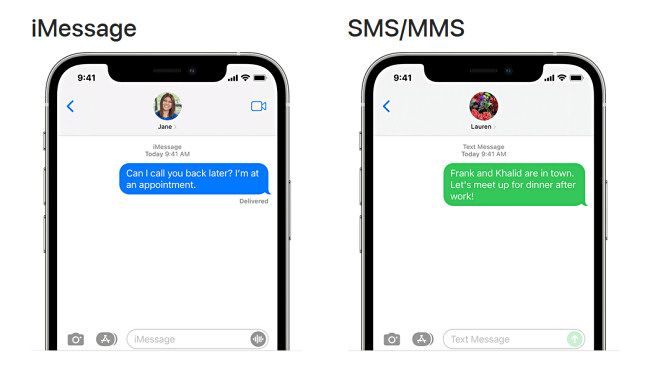Quick Links
The Messages app on the iPhone, iPad, and Mac utilizes a special instant messaging service called iMessage, which is different from the SMS texting service supported by cell carriers. Here's a look at what's special about iMessage.
The Origins of iMessage
Apple introduced iMessage in 2011 with iOS 5 on iPhone, iPad, and iPod touch. iMessage came to Macs in OS X 10.8 Mountain Lion in 2012 when the Messages app replaced iChat.
Prior to the arrival of iMessage, Apple iPhone owners used SMS to send text messages to each other. At the time, many US mobile phone plans charged per text message (or put limits on the number you could send). In 2011, CBS reported that texting fees had generated $20 billion for mobile carriers.
Among other benefits that we'll outline below, iMessage was initially big news because it allowed iPhone owners to text other iPhone owners for free. And it could do this because, unlike SMS, iMessage works through the internet instead of through the global mobile phone network. That means you can use iMessage on devices that only have Wi-Fi connections, such as some iPads and Macs. iMessage doesn't even require a cell phone---just an Apple ID account and an Apple device.
Notable Features of iMessage
Apple's iMessage service includes numerous benefits that are as attractive today for Apple device owners as they were in 2011. Here's a handful of notable ones:
- Free messaging between Apple devices, including iPhone, iPod Touch, iPad, Mac, and Apple Watch.
- Support for sending larger photos and videos than MMS, with no extra fees other than those related to cellular data rates.
- End-to-end encryption that protects the contents of your messages from interception by others, including Apple. In contrast, regular SMS messages are stored for a time by cell carriers without encryption.
- The ability to send many types of messages, including text, videos, reactions, images, documents, contacts, stickers, and location data.
- Seeing when other people are typing a response (a bubble with a "..." ellipses in it) and receiving a confirmation when your message is read (which can be disabled.)
- Support for iMessage apps and extensions.
iMessage has some limitations, too. The biggest one is that it's an Apple-only service, so owners of devices that run Windows or Android can't use iMessage on those platforms.
What's the Difference Between Messages and iMessage?
Even with everything we've covered above, it may be confusing to figure out the difference between Apple Messages (an app) and iMessage (a service). So here's a very brief guide.
The main difference is that "iMessage" is Apple's name for its proprietary messaging service. It's a communication protocol that works behind the scenes to help you communicate. In contrast, "Messages" is the name for the chat app included with the iPhone, iPad, iPod Touch, Mac, and Apple Watch. Messages (the app) can use either iMessage or SMS (on the iPhone) as a way to communicate with other people.
How Do I Use iMessage?
If you'd like to use iMessage, all you need is an Apple ID and an Apple device such as an iPhone, iPad, iPod Touch, Mac, or Apple Watch. Using iMessage happens automatically in the Messages app. When you enter a contact you'd like to chat with, Messages will automatically detect if the person you're messaging is using an Apple device, which means they can use iMessage as well.
You can tell you're using iMessage if the chat bubbles are blue. If you see green chat bubbles, the person isn't using an Apple device, so the text conversation will fall back to the legacy SMS standard. Have fun, and happy chatting!


